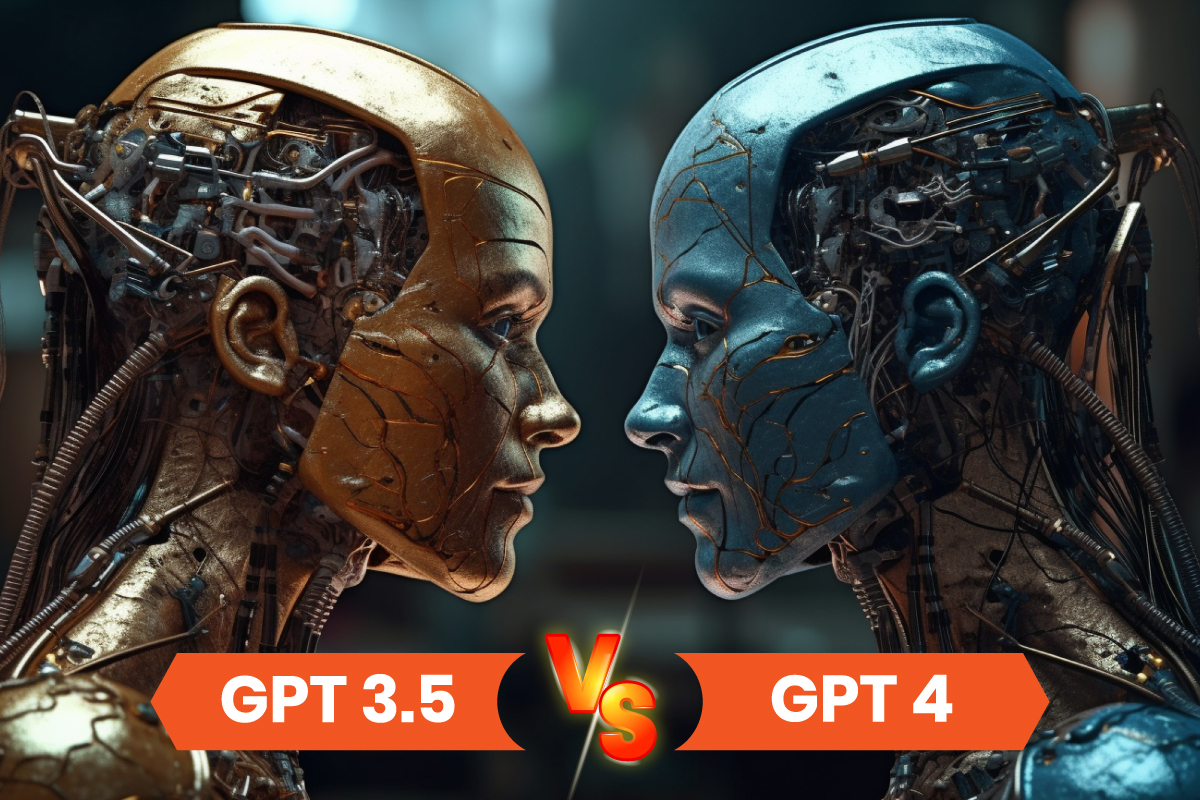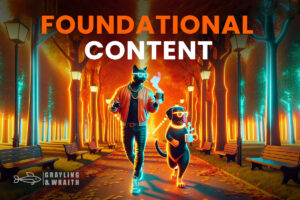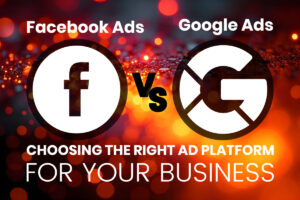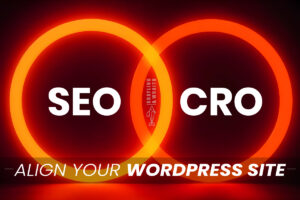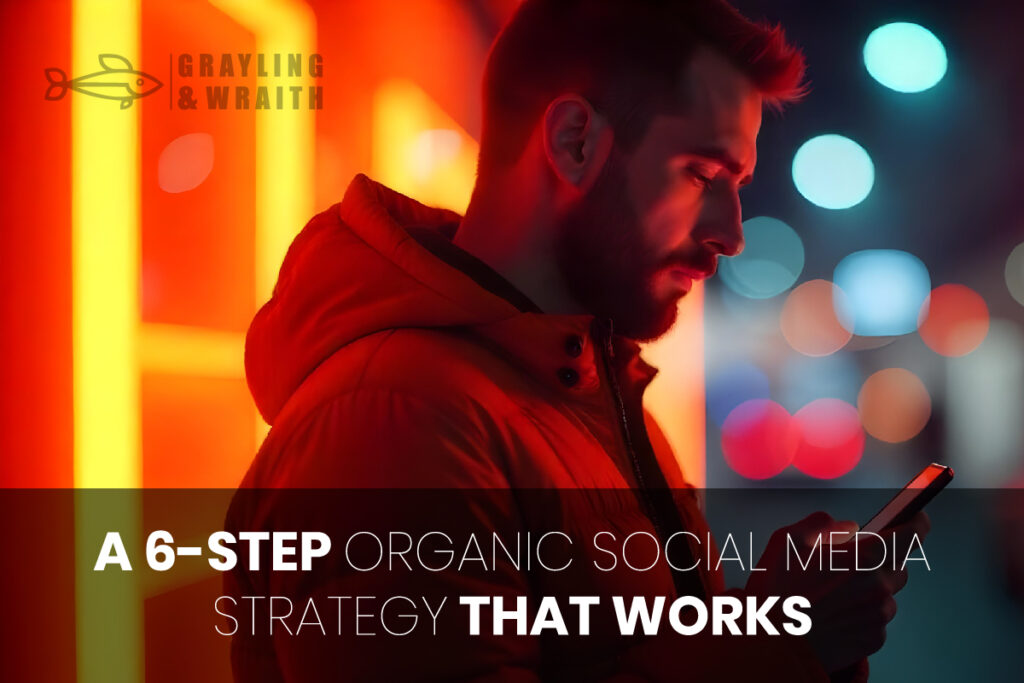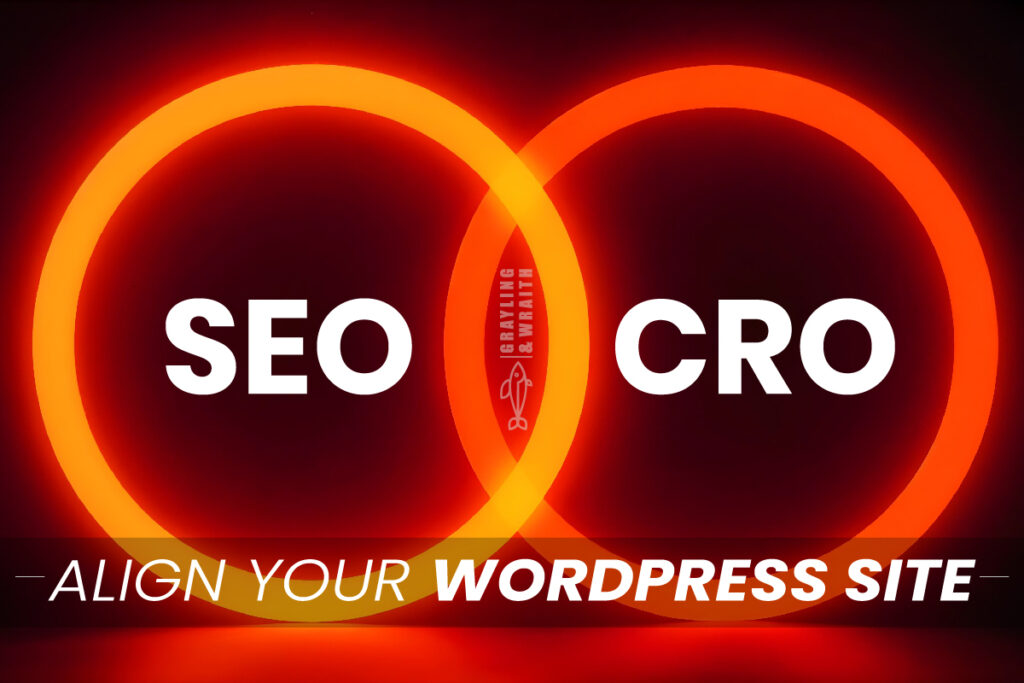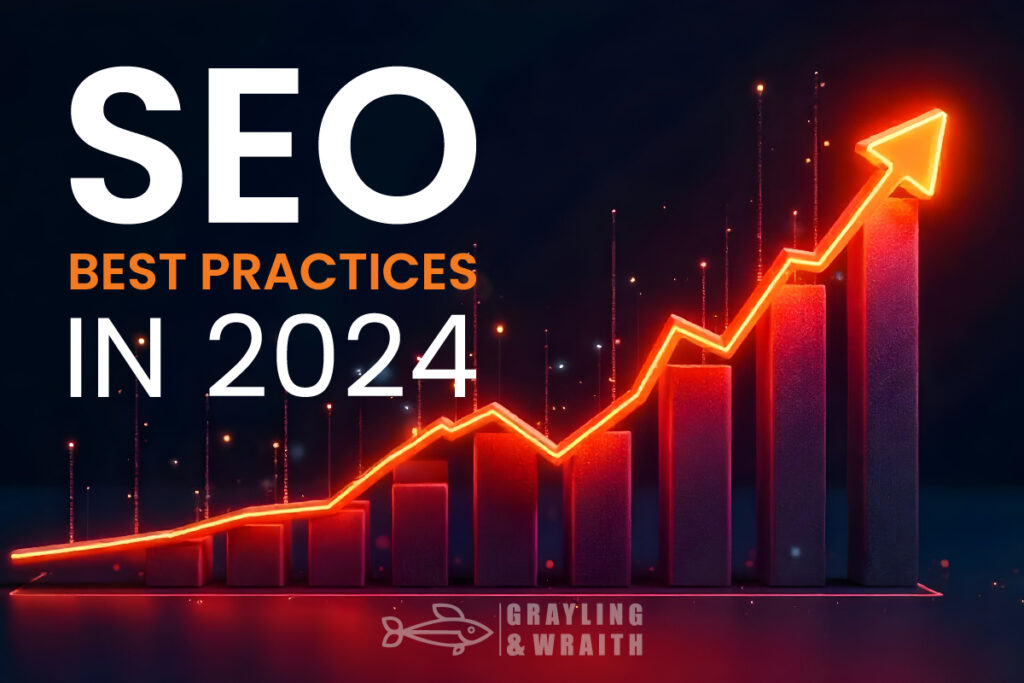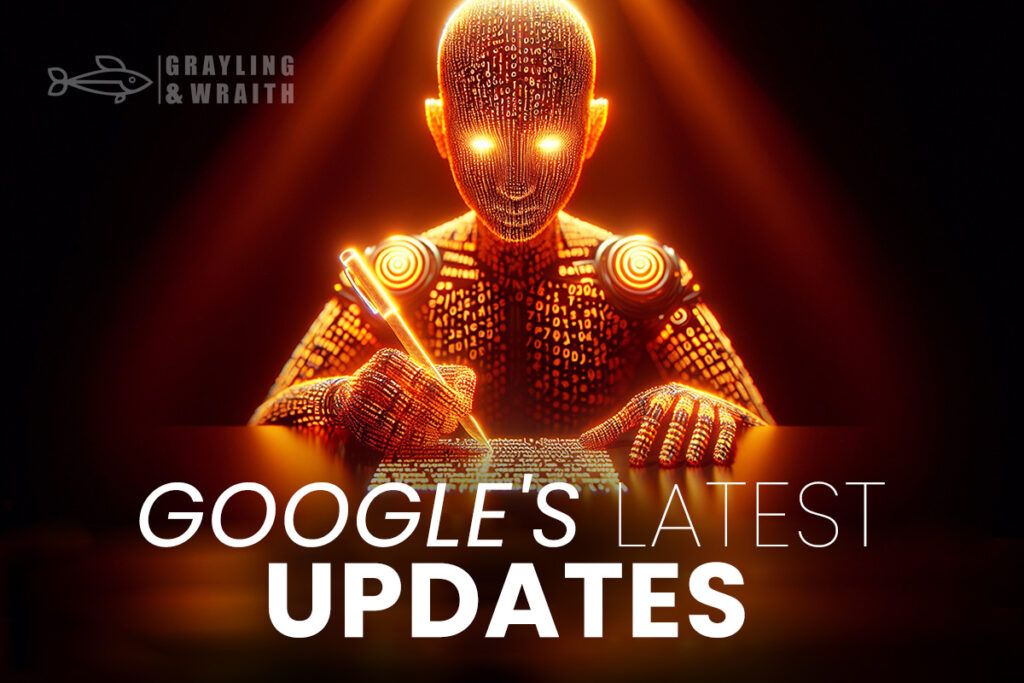Around 40% of marketers currently use ChatGPT for their marketing efforts, and around three-quarters plan to implement it to improve their marketing performance (read the source for more). With the rise of AI models like GPT 3.5 vs GPT 4, media-based jobs, especially in marketing and content marketing, have seen significant advancements. The ability of AI to read, write, and understand text-based data has made a substantial impact on these fields.
At Grayling and Wraith digital marketing space, we’ve already discussed the key differences between GPT 3.5 and GPT 4 from a general perspective. Now, we’re going to dig deeper into how these two AI-powered tools can be utilized in marketing and what the new model has to offer for marketers.
Key Points First: What Does the GPT 4 Model Bring?
The more advanced GPT 4 model is created as a more reliable and creative alternative to GPT 3.5. It can handle more nuanced instructions, which means marketers can create more tailored and personalized content that looks less like machine-generated data.
Here’s some more.
- Fact-checking, which was the MAJOR CONCERN with the GPT 3.5 model, is partially resolved with the introduction of GPT 4. The latter promises 40% more factual responses that do not distort reality.
- While GPT 3.5 accepted only text inputs, the upgraded version (GPT 4) allows images as input. This enables marketers to give images to models and request captions, descriptions, or product recommendations.
- You can expect assistance in long-form content creation from GPT 4, as with its two context window sizes, the new model can handle texts with over 25,000 words.
- Lastly, GPT 4 talks in a more straightforward language compared to a more formal-sounding GPT 3.5 which used to stuff its content with long and complicated words.
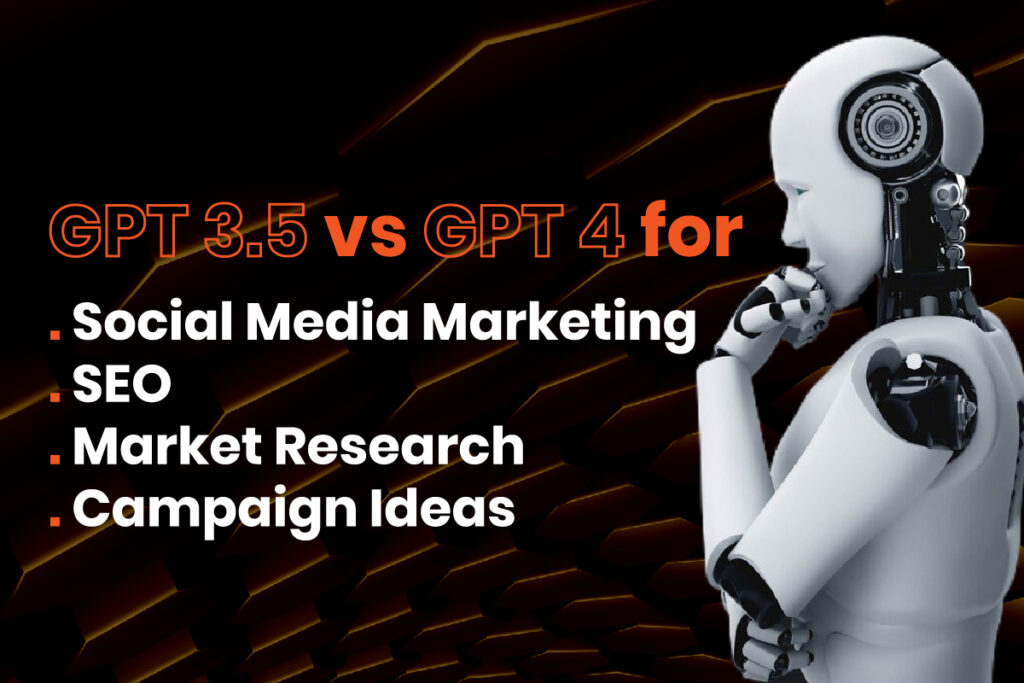
GPT 3.5 vs GPT 4 for Specific Marketing Tasks
You’ve probably been feeling the excitement of the GPT models accelerating your content writing, ad targeting, idea generation, copywriting, and other daily marketing tasks. Then came the era of Google accepting/rejecting/accepting your content based on the AI-powered quality check.
Then, there came a major division of marketing clients who were critically against the use of GPT by their marketing teams and those who encouraged it for speed and cost-cutting purposes. With all the drama around AI in marketing, the status quo is finally reached. Marketers use GPT but use it wisely. In addition, GPT 4 addresses many negative aspects of its predecessor, which marketers actively speak against.
GPT 3.5 vs GPT 4 for Social Media Marketing: What’s New?
GPT 4’s ability to understand image inputs has taken social media marketing to a new level. With the rise of image-based platforms like Instagram and Pinterest, marketers can now use GPT 4 to generate captions or descriptions for their posts, making it easier and faster to produce high-quality content.
Moreover, with its improved language capabilities, GPT 4 helps marketers communicate more effectively with their target audience on social media, resulting in better engagement and conversion rates.
What’s New?
- With GPT 4’s ability to incorporate images, social media marketers can expect more visually appealing and engaging content for their campaigns.
- The increased factual responses offered by GPT 4 also ensure that the content shared on social media is accurate and reliable, avoiding any potential backlash or misinformation.
- Additionally, with the improved language capabilities, GPT 4 can better adapt to different target audiences and their unique communication styles, making the content more relatable and relevant.
GPT 3.5 vs GPT 4 for SEO: What’s New?
As a base for a successful SEO – keyword research is not the best side of GPT – neither 3.5 nor 4. This tool doesn’t have accurate data on keyword metrics like search volume or keyword difficulty. However, GPT 4 can provide you with enriched keyword and content topic ideas, which you can later validate with a keyword research tool.
Conversely, GPT 4 can actively help you with semantically related keywords to your target topic and search intent. These keywords won’t probably rank for the target keyphrase you’re chasing, so there’s no need for them to exactly match the search volume or difficulty of your target keyword.
However, when you include a large number of keywords related to your target topic in your content, this signals to search engines that your content is relevant to the main topic.
What’s New?
- GPT 4 can better classify the keywords by intent, categorizing the keywords you provide into commercial, navigational, transactional, or informational. Note! There’s still a need to validate the results yourself.
- Though we don’t recommend using GPT 4 for entire content creation, it is irreplaceable when you struggle to meet the required tone of voice. Write the content in your usual style, and make sure it’s informative and optimized for search crawlers. Then ask GPT4 to rewrite it with a touch of humor, irony, or any other tone you’re missing.
GPT 3.5 vs GPT 4 for Market Research: What’s New?
Conducting extensive market research is one of GPT4’s strengths. But here’s a nuance you should consider. If your type of request mostly deals with online data (let’s say you need to study the target market’s preferences and habits on social media), GPT 4 will probably nail it.
NLP research on online data is completely new to GPT 4 and is much more accurate than its previous versions. One of the main benefits is that GPT4 will pull out meaningful insights from your search queries, so you save time analyzing irrelevant or spammy information.
On the other hand, if you’re looking for insights into offline data (such as surveys, interviews, and focus groups), you need to combine the manual and AI-powered approaches.
What’s New?
- With increased attention to data privacy, GPT 4 won’t give you numerical data on competitors, like who holds the biggest market share or their exact revenue. However, you have a great chance to see a good list of your direct and indirect competitors, their weaknesses, and suggestions on how to improve your business strategy.
- What GPT 4 can do is provide you with a detailed analysis of online content related to your competitors, such as their website content, social media posts, customer reviews, and more. This can give you valuable insights into their branding, messaging, and overall online presence.
- Finally, give GPT 4 raw data you’ve collected manually and ask it to manipulate and analyze it. It can help you spot trends and patterns that may not have been obvious to the human eye. This can be especially useful for large datasets, where manually analyzing every data point is time-consuming and prone to human error.
GPT 3.5 vs GPT 4 for Campaign Ideas: What’s New?
Running successful marketing campaigns includes many interrelated processes, where GPT 4 can be a great help. Based on some tests on real and hypothetical campaigns, GPT 4 is quite good at suggesting a logical structure for the campaign.
For example, it can give you a skeleton of what should be done where to attract more customers. Let’s say, it can narrow down all your marketing channels to a few ones that work best for your business based on the specific campaign idea. Additionally, it can suggest the best timing and frequency for your marketing activities based on past data and trends
What’s New?
- With an enhanced GPT 4 model, you can generate slogans and taglines for your campaign based on your specific business and target audience. This can save you time and resources when coming up with catchy and effective slogans.
- GPT 4 can also run email marketing campaigns for you, generating personalized and engaging content that can increase customer conversions. It is capable of giving you an email with a discount offer, then suggesting reminder texts at reasonable intervals, and also nudging you for follow-up actions.
- If you decide to run referral marketing campaigns, GPT 4 can give you the best-performing referral offers and incentives for your target audience. As a basic example, it can analyze your product offerings and their prices and determine which product can be bundled with another one to increase sales.
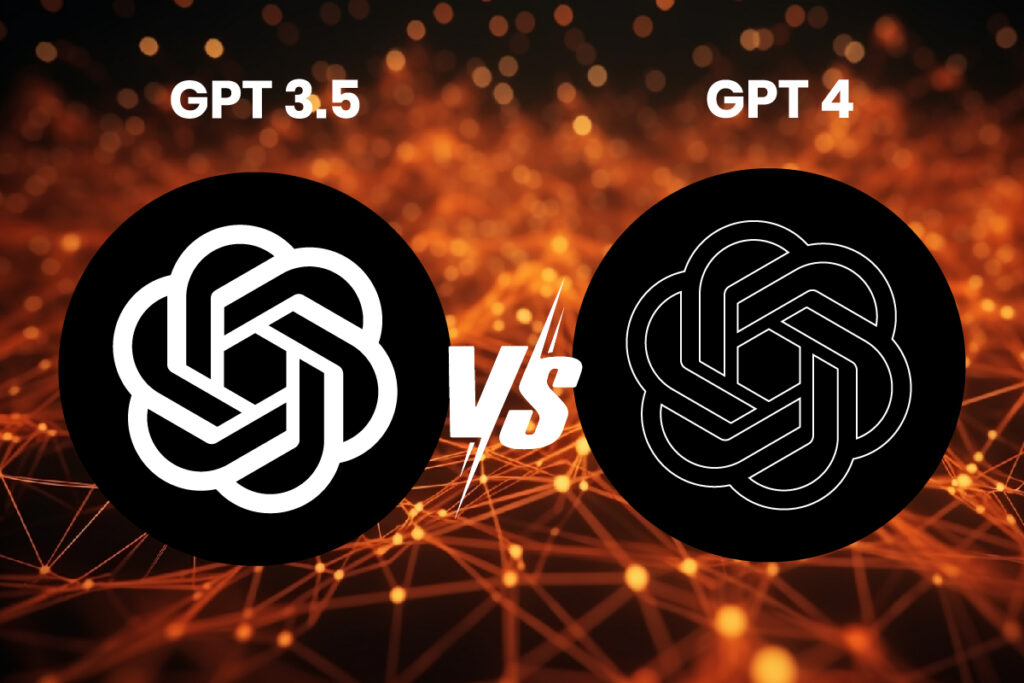
To Wrap Up
We want to be honest and realistic. You won’t see breakthroughs in the GPT 3.5 vs. GPT 4 battle for marketers in every aspect. In many areas, the difference may be subtle. However, there will be efficiency and performance improvements that can significantly impact your marketing efforts.
After all, don’t forget that GPT 4 can be as good as you are in prompting it. So, work on your creative briefs and communication style to see the best results from GPT 4.

